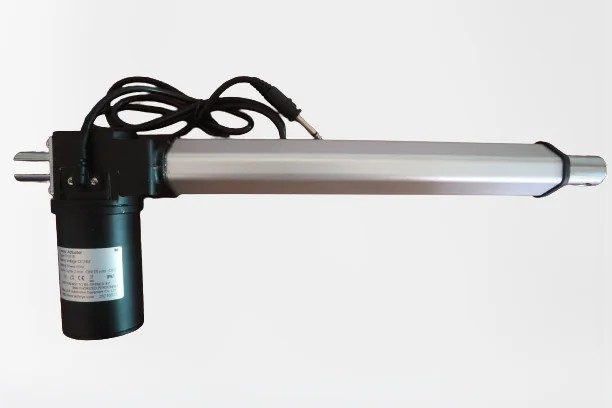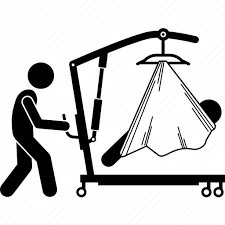Powerful actuators are a critical component of modern assistive technologies for disabled mobility. These devices are designed to provide users with greater control over their movements and improve their ability to interact with the world around them. With powerful actuators, individuals with disabilities can achieve greater independence and enhance their quality of life.
Actuators are devices that are used to convert energy into motion. They are used in a wide range of applications, from industrial automation to robotics. In the context of disabled mobility, actuator are used to power mobility devices such as wheelchairs, scooters, and exoskeletons.
Benefits of Actuators
One of the key benefits of powerful actuators is that they can help users overcome physical limitations. For example, individuals with limited mobility in their arms or legs may struggle to maneuver traditional manual wheelchairs. With powerful actuator, however, these individuals can operate a powered wheelchair with greater ease, allowing them to move around more freely and efficiently.
Pros of Actuators
Powerful actuators can also help users navigate challenging terrain. For example, if a wheelchair user encounters a steep hill or uneven surface, the powerful actuator can provide the necessary torque and power to help the user overcome these obstacles. This can be particularly useful for individuals who enjoy outdoor activities or who live in areas with rugged terrain.
Another advantage of powerful actuators is that they can be customized to meet the unique needs of individual users. This includes adjusting the speed, torque, and range of motion to suit the user’s physical capabilities and preferences. With customized actuator, users can enjoy greater control and comfort, which can enhance their overall mobility experience.

Cons
Despite these benefits, there are some challenges associated with the use of powerful actuator for disabled mobility. For example, these devices can be heavy and bulky, which can make them difficult to transport and maneuver in tight spaces. Additionally, the cost of powerful actuators can be prohibitive, which may limit their accessibility for some users.
Despite these challenges, the benefits of powerful actuators for disabled mobility are clear. These devices have the potential to revolutionize the way individuals with disabilities navigate the world around them, providing them with greater independence and quality of life. As technology continues to advance, it is likely that we will see even more innovative and powerful actuator developed to meet the needs of this important population.




